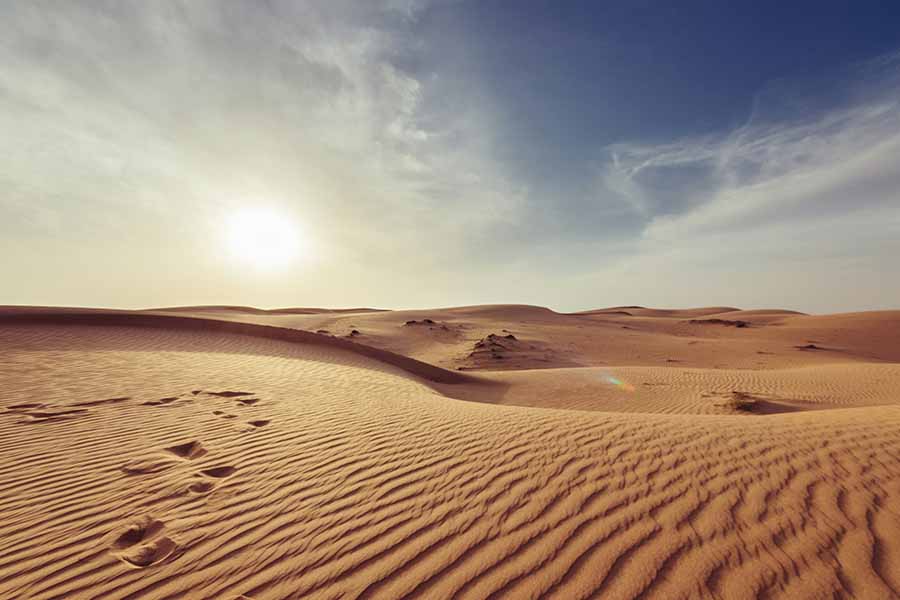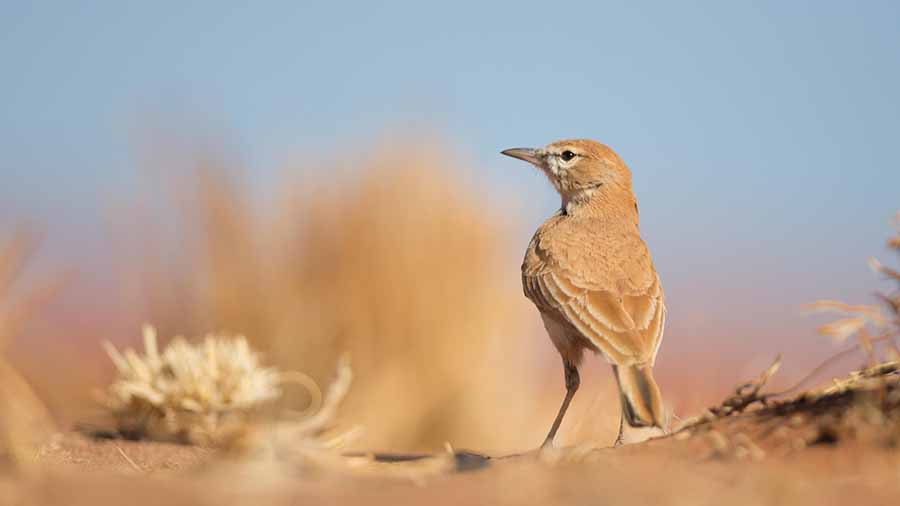Deserts are such areas of our planet where population is negligible. Deserts are such landscape where amount of rain fall is very low. About 33% area of our earth crust is covered by deserts. However, some of the deserts in the world are cold. Two largest cold deserts in the world are in the Antarctic and Arctic areas.
Sahara Desert is often cited as the world’s largest desert. This is not entirely true, however, as it is only the world’s largest hot desert. The Sahara is technically the world’s second largest desert after the Polar deserts (Antarctic and Arctic deserts), but we didn’t think Polar deserts should be on our list. Here is the list of 5 largest deserts of the world.
Sahara Desert
The Sahara Desert is located in the northern portion of Africa and covers over 3,500,000 square miles (9,000,000 sq km) or roughly 10% of the continent. It is bounded in the east by the Red Sea and it stretches west to the Atlantic Ocean. To the north, the Sahara Desert’s northern boundary is the Mediterranean Sea, while in the south it ends at the Sahel, an area where the desert landscape transforms into a semi-arid tropical savanna.
There are also several mountain ranges within the Sahara and many are volcanic. Most of the water found in the Sahara today is in the form of seasonal or intermittent streams. The only permanent river in the desert is the Nile River that flows from Central Africa to the Mediterranean Sea.
Arabian desert
The very name Arabian Desert evokes a sense of mystery and romance. It is often portrayed as a forbidding wasteland devoid of life that even humans and unarguably the Earth’s most resilient predator have trouble living in this place. However, throughout history it has retained a sense of fascination for travellers and is of course the backdrop for the fabulous Arabian Nights stories featuring such characters as Ali Baba, Aladdin and Sinbad.

Despite the extreme temperatures, some plants and animals have made the Arabian Desert their home. These flora and fauna have over the years adapted to the harsh environment. For example, local flora like date palms, daisy, mustard, and iris can survive with very little water. Their roots are also thinner and are spread out more than other plants (so as to collect as much water as they can from the soil, especially in the brief periods of rain).
Gobi desert
The Gobi is a large desert region in northern China and southern Mongolia. The desert basins of the Gobi are bounded by the Altai mountains and the grasslands and steppes of Mongolia on the north, by the Tibetan Plateau to the southwest, and by the North China Plain to the southwest. The word Gobi means “desert” in Mongolian. The Gobi is made up of several distinct ecological and geographic regions, based on variations in climate and topography.
The Gobi is most notable in history as part of the great Mongol Empire, and as the location of several important cities along the Silk Road.
Kalahari desert
The Kalahari Desert is an expansive sandy region that cuts across Botswana, Namibia and South Africa. The Kalahari sand dunes merge to form the largest continuous mass of sand in the world. Although the Sahara Desert is larger than the Kalahari, the former has only 15 percent of its total area occupied by sand dunes.
The Kalahari is not an ideal desert, at least by desert classification standards. In fact, it receives too much precipitation for a desert region receiving between 5 to 10 inches of rainfall annually. The aridity and semi-aridity of the desert come from the expansive sandy terrain that filters precipitation aggressively, leaving the surface devoid of any water. The Kalahari derives its name from the Tswana term, Keir, which means, “the great thirst”, or Karagare, a tribal word meaning “a waterless place”.
Patagonia desert
Once covered by dense temperate forest, the Patagonian desert is now a stark and windswept landscape covering 260,000 square miles in southern Argentina and Chile. Characterized by flat, grassy steppe and rocky foothills, it is the seventh-largest desert in the world and marked by seasonal lakes and streams. Little vegetation thrives in the Patagonian desert apart from several species of grass and shrub which are able to withstand the harsh conditions through a variety of evolutionary adaptations.



